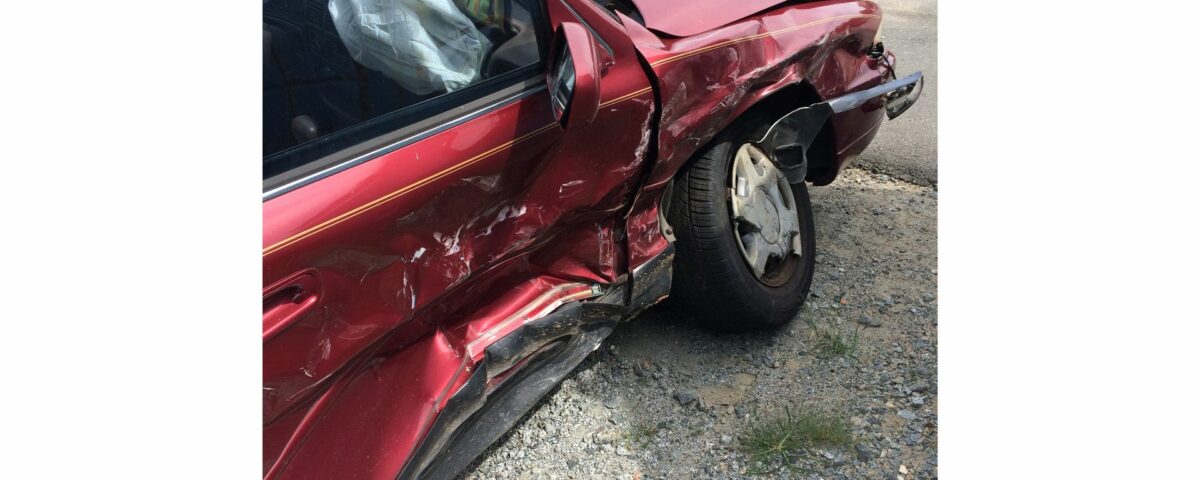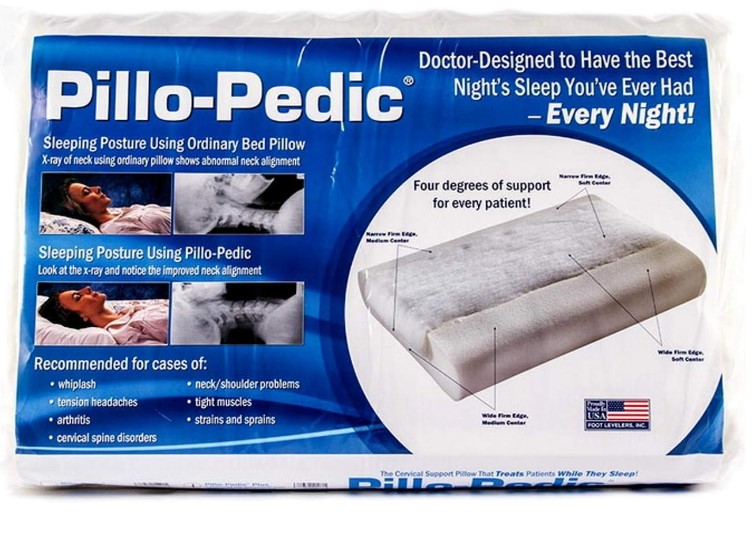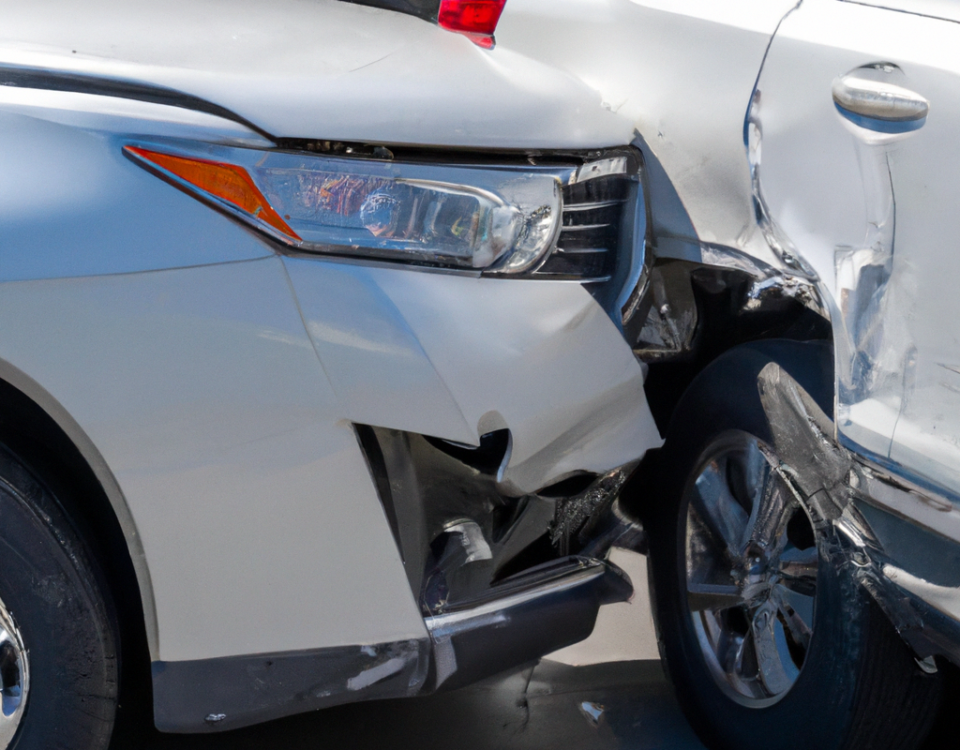
Wondering about those Flu-like Symptoms?
November 3, 2022
Prescription Drug Prices and “GoodRx”
November 19, 2022Understanding Your Car Accident Injury
You’ve been involved in a car collision and have pain that is not going away. You haven’t started treatment yet but you don’t know how much care you should get. This blog is intended to help you understand your car accident injury. As I tell my patients, “knowledge is power” – and the first step to supporting your recovery. This first installment of a series deals with whiplash injuries to the neck – also known as “Cervical Acceleration/Deceleration” injury or “CAD trauma”. Future posts will talk about the low back and we can continue on from there to other injury areas. This first set of blogs will deal with car or truck accidents, while a further blog set will approach bus or mass transit and even bicycle and pedestrian injuries.
An advanced practice chiropractic physician takes into account a number of factors to properly work up a patient and set up a plan for someone who has been in a car wreck. The workup includes understanding the type of injury the person has had, stabilizing them, and deciding on a plan of care that fits the type and stage of the injuries involved. We may need to set up a way to either keep that person working or get them some off-work coverage. It’s important to approach this with an evidence-based and well documented strategy. In order to make the correct critical decisions, we have to know some details about the accident.
What are the types of Collisions with Motor Vehicle Accidents (MVA)?
An informed clinician will ask questions about the type of impact you were involved in. These will include whether the primary impact was from the rear, the side, front (Types I-III), or in other cases if there were multiple impacts, rollovers, spin-outs or other accident mechanics (TYpe IV). This is why your responses to the diagrams and descriptions about the accident are important, and often pictures are helpful in reconstructing the accident. The type of collision will help us understand what happened. Don’t worry – we will support you without leaving you confused or scared.
How do we grade the severity of an injury?
Knowing how an injury is impacting a patient is very important to justifying care. Severity in CAD injuries are graded I through V, or “Minimal to Severe”. Keep in mind that even a minimal severity accident (Grade I) can be very painful at the onset. Are there limitations in how much you can move your head to one side or the other? This could be Grade II. Sometimes injuries reflect tissues on one side of the neck being stretched, limiting motion – or torn, actually creating too much motion on one side (both could be Grade III). Neurological findings like numbness and tingling, loss of muscle strength – or even mild traumatic brain injury (concussion) represent a higher severity (Grade IV). The highest grade, Grade V or “Severe” requires surgical management or stabilization; post-surgically we will follow up with chiropractic re-evaluation and care. While making these decisions, we often use X-rays, MRI, or occasionally nerve testing to determine ligamentous injury or nerve impingement. It’s for that reason a treatment plan is typically “not built in one day”, but more likely established during the first week of care. Clinical justification provides credibility for a treatment plan suffers and improves recovery.
At what “Stage” is the injury?
Once an injury begins to recover, the “stage” of the injury will change. There are “phases” to tissue healing within the body that are based on real physical properties. A “hot” injury will cool down. A shattered bone will re-form and re-set itself the right way – or the wrong way. A compressed nerve will recover or eventually die and start to try to regenerate. All of these realities occur with some time predictability. The initial stage of an accident is the Acute Inflammatory Phase, and that is typically 0-72 hours (3 days). If there is something complicating your healing or adding to your inflammation – or you can’t isolate and rest – that phase may extend longer. We will make different decisions in this phase than we will in the next, the Sub-Acute Repair Phase. That Repair Phase, or Stage II, can last up to 14 weeks (slightly more than 3 months). After that stage, we would be thinking about the way your injury is entering the “Remodeling Phase”. This Stage III Remodeling can go on for more than a year. This is the time, for example, when injured tendons would be acquiring a length or tension that we would hope to make the most functional for you. Finally, motor vehicle collisions occupant injuries (MVCOI) that remain symptomatic beyond this point are considered “Chronic, Stage IV”. It must be mentioned that treatment can begin in any of these stages, but recovery is most favorable when started early.
Why do all this analysis?
I am frequently asked to review cases where patients have either not gotten enough care – or the opposite where clinicians have treated extensively without working up justification. There are protocols for care in each of the stages I have described above. Arthur Croft, a leading expert in the chiropractic-medical-insurance world, created evidence-based guidelines for whiplash/CAD injuries which allow an informed clinician to decide on and justify the amount of care needed. Accident reconstruction and grading the type and extent of injury in a CAD trauma is important in having a justifiable treatment plan and a decent recovery. The bottom line is that we use these guidelines at our cliic to certify your care plan and set it up right.
Access Chiropractic safely and securely at Blue Heron Chiropractic & Healing Arts Center, with Dr. Dana Sibilla, DC DABCO FIANM. We are still currently masking inside the clinic. If you don’t have an appropriate mask, we will provide you with one.




